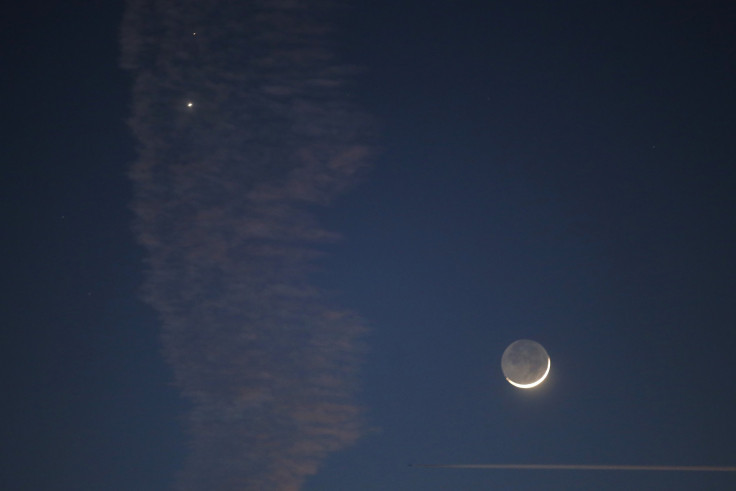Sky-Watching In May: NASA’s InSight Launch, Eta Aqaurid Meteor Shower And Jupiter

Space is a busy place, even if it doesn’t always seem so. Its activity is visible in some of its expansive glory once the sun goes down and the dark lets us see not just the moon and the stars, but also some planets and meteors, or shooting stars.
If you like gazing at the night sky, the month of May will feature the launch of NASA’s InSight spacecraft, the Eta Aqaurid meteor shower and a good time to observe Jupiter. Sky-watchers on the West Coast will have a bit more to look at, compared to their compatriots across the country, thanks to NASA’s first interplanetary mission launch from California.
The InSight launch is scheduled for the early hours of May 5. The mission to Mars will take off aboard an Atlas V rocket from the Vandenberg Air Force Base near Lompoc, California, and the two-hour launch window opens at 4:05 a.m. PDT (7:05 a.m. EDT). The rocket’s ascent will be visible to the naked eye from a large part of southern California, assuming the weather is clear.
Even before the launch, if you were to look up at the moon, you would see Mars, with its tell-tale red tint, to the left of the moon, even as InSight starts its journey toward it. The red planet would be at its closest to Earth this summer than it has been since 2003, and would therefore appear brighter than usual. Not as easily visible would be Saturn, to the right of Earth’s only natural satellite.
On Sunday, the day after the InSight launch (assuming it goes as planned), the southeast sky will light up with the Eta Aquarid meteor shower, which will peak around May 6. The meteors that form this shower were once a part of Halley’s Comet. This shower, better seen from the southern hemisphere, is low on the horizon, and therefore its peak rate of about one meteor a minute is not usually visible from northern latitudes. However, a bright moon may play spoilsport this year.
Meteor showers are best seen lying down on the ground. That position allows both for seeing a wide patch of the sky and prevents overexertion of neck muscles. Spend about an hour or two watching the sky, because the first 20 minutes or so would be spent by the eyes to adjust to the dark properly.
On May 9, Jupiter reaches opposition, which refers to the point when the sun and the planet are on exactly opposite sides of Earth. The gas giant rises at sunset and goes back down at dawn, making the mid-evening the best time to observe it. The largest planet of our solar system will be visible to the naked eye in the east direction, if seen in the evening, and in the west if seen early morning. The month of May is the best time to see Jupiter.
© Copyright IBTimes 2024. All rights reserved.





















